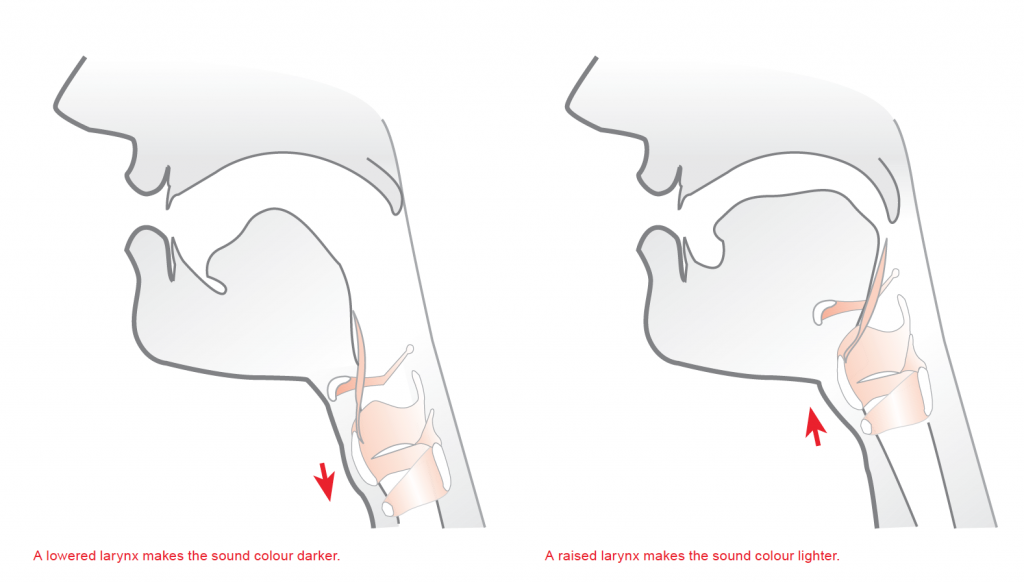Can you make your voice deeper?

Best way for a Pre-Testosterone trans male (almost 18) to deepen his voice?
What can I do to make my voice deeper?
How do you train your voice to make it deeper?
It is interesting that three people wrote in to ask questions about deepening their voices. It’s interesting because the word “deepen” relates to pitch, certainly, but it could also relate to the quality of the voice. A deepening of the voice may mean making it fuller, larger or more imposing. “Deepening” may refer to the internal sensations felt by the speaker.
Many people think it is easier to make a voice more masculine than it is to make a voice more feminine. That’s not necessarily true, because, just like voice feminisation, it is not just a matter of pitch. Even with the effects of testosterone, the lowering of speaking pitch does not guarantee a voice that sounds ‘male’. In addition to lowering the habitual speaking pitch, trans-masculine clients need to also explore resonance.
Resonance gives a voice its distinct and unique quality. Changing it requires experimenting with ways to manipulate your vocal tract (the areas above the level of the vocal folds) to produce a voice that is pleasing to you. It is vocal behaviour modification. Following are a few things to think about as you begin the process of trial and error that is necessary to achieve the voice you want.
Pitch
The Cismale speaking range is 100-140 Hz. The Cisgender neutral range is 145-175 Hz. So, when working on lowering your speaking pitch, aim for D3, D#3 or E3 on a keyboard, pitches that are gender neutral. You could begin with gentle, low humming and gradually lower the pitch in a stepwise descent, one semitone at a time. Then, you can practice single words or short phrases at this new pitch. Your speaking range will eventually encompass several semitones lower and higher, creating a comfortable range that allows for expressive speech. It is important avoid at all times any additional strain or tension in the neck and throat. If you experience any pain whilst exploring your voice range, you need to stop. If pain persists, you may want to consult a speech and language therapist or ENT.
Resonance
You want to achieve a functional voice that is not too soft, ‘grainy’ or ‘reedy’, but strong and sonorous. Some approaches that may help are to speak with a more open mouth and ‘open throat’. When speaking, try to open your mouth a bit more, focusing on allowing the jaw to release downward easily (not pushed down). To experience the sensation of a more open throat, practice speaking on a yawn. Yawning allows the larynx to lower naturally and the pharynx (space at the back of the throat) to widen. Emulate what I refer to as the “radio announcer’s or game show host’s voice” (think, “heeeere’s Johnny!”).

There are many other aspects to voice and speech that contribute to achieving a masculine voice, but when considering deepening the voice, the place to start is with the two most salient aspects, pitch and resonance.
Lori is available every first Thursday of the month at The London Transgender Clinic so call us on 0207 487 0910 to book your appointment today!










